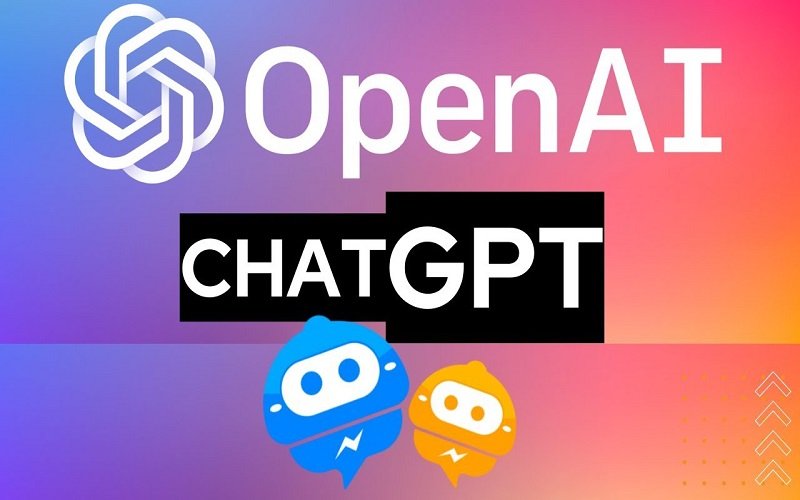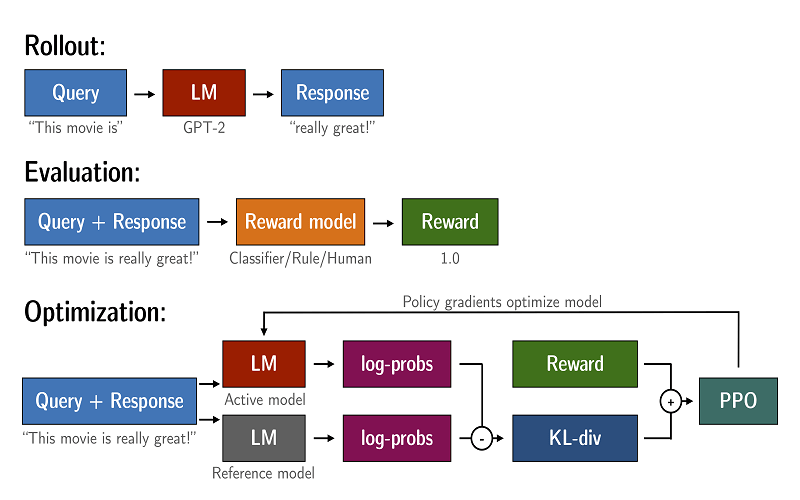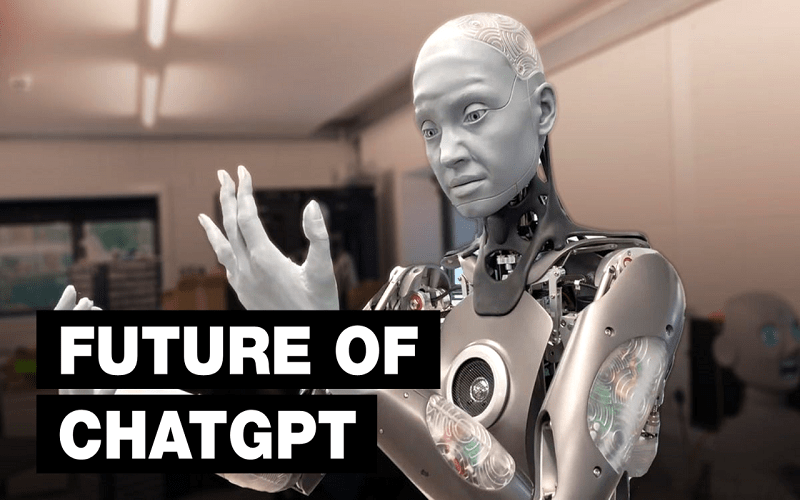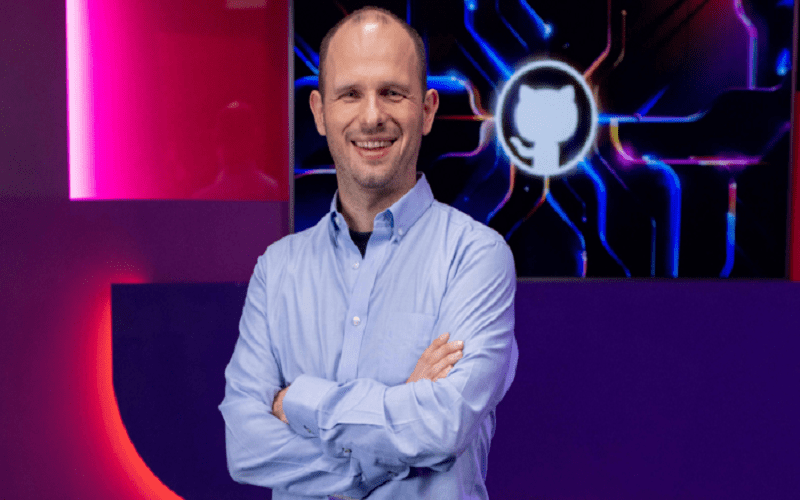
Unveiling the Power of ChatGPT
Unveiling the Power of ChatGPT: Exploring What They Are, How They Work, and Their Potential Applications
Table of Contents
Future Possibilities and Limitations
In the realm of artificial intelligence, ChatGPT has emerged as a game-changer. This advanced AI language model developed by OpenAI has garnered significant attention and sparked curiosity worldwide.

In this blog post, we will delve into the fascinating world of ChatGPT, unraveling its meaning, inner workings, and exploring the exciting potential applications it offers.
1. Understanding ChatGPT
ChatGPT is an AI language model designed to generate human-like text responses based on user prompts. It utilizes deep learning techniques, specifically transformer architectures, to comprehend and generate coherent and contextually relevant responses.
2. How Does ChatGPT Work?
-
Language Modeling
At its core, ChatGPT is based on language modeling, which involves predicting the likelihood of a word or phrase given its context.
By training on vast amounts of text data, ChatGPT learns patterns, grammar, and the semantic relationships between words, enabling it to generate coherent responses.
-
Training Process
To create ChatGPT, a two-step training process is employed. Initially, a “pre-training” phase occurs, where the model is exposed to a large corpus of publicly available text from the internet.

During pre-training, the model learns to predict the next word in a sentence, acquiring knowledge about various topics and linguistic nuances.
-
Fine-Tuning
After pre-training, a “fine-tuning” phase takes place, where the model is trained on a more specific dataset that is carefully generated with the help of human reviewers.
These reviewers follow guidelines provided by OpenAI to review and rate potential model outputs, ensuring the system aligns with specific quality criteria and ethical considerations.
3. The Power of ChatGPT
-
Applications in Customer Service
ChatGPT has immense potential in the realm of customer service. It can be utilized to develop chatbots that offer personalized and efficient customer support, handling common inquiries, troubleshooting, and providing relevant information.

With its ability to understand and respond to user queries, ChatGPT can enhance customer experiences and streamline support processes.
-
Content Generation and Writing Assistance
Content creators and writers can leverage ChatGPT to assist with generating ideas, brainstorming, and overcoming writer’s block.
It can offer suggestions, provide relevant information, and help structure content, making the writing process more efficient and collaborative.
-
Personalized User Experiences
ChatGPT can enable highly personalized user experiences by understanding and adapting to individual preferences.
It can assist in recommending products, services, or content based on user interests, browsing history, and past interactions. This tailored approach enhances user engagement and satisfaction.
4. The Ethical Considerations
-
Bias and Fairness
As with any AI system, bias can emerge in ChatGPT’s responses. Biased data in the training set or biases in human reviewer feedback can lead to biased outputs.

Mitigating bias and ensuring fairness are ongoing challenges that require continuous improvement and attention to the dataset creation process.
-
Privacy and Data Security
AI language models, including ChatGPT, rely on vast amounts of data to provide accurate responses. However, user privacy and data security must be safeguarded.
Open AI has implemented measures to respect user privacy and has adopted policies to prevent the inadvertent sharing of sensitive or personally identifiable information.
5. Future Possibilities and Limitations
ChatGPT represents a significant step forward in AI language models, but it also has its limitations.
While it can generate coherent responses, it may occasionally produce incorrect or nonsensical answers. Moreover, ChatGPT’s understanding of context is limited to the text it has been trained on, lacking real-world experiences and common sense.

Looking ahead, researchers and developers are actively working to enhance these models, address limitations, and explore ways to make AI language models more reliable, trustworthy, and capable of capturing deeper contextual understanding.
Conclusion
ChatGPT has revolutionized the field of conversational AI, showcasing remarkable advancements in generating human-like text responses.
Its potential applications span various domains, including customer service, content generation, and personalized user experiences.
Nevertheless, ethical considerations, such as bias mitigation and privacy, remain crucial for responsible deployment. With ongoing research and development, the future holds exciting possibilities for refining and expanding the capabilities of AI language models like ChatGPT, leading us into a new era of AI-powered communication.





Post Comment